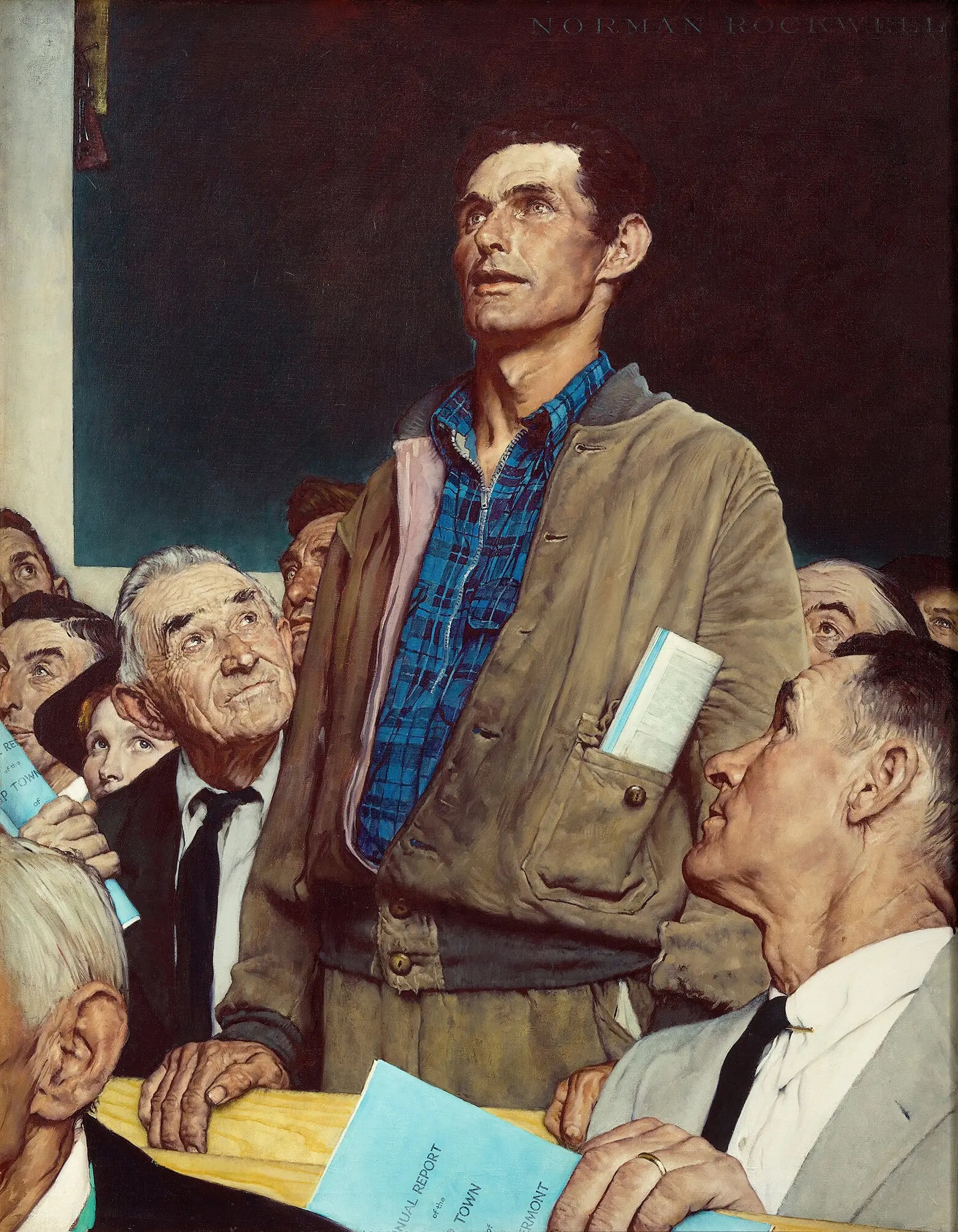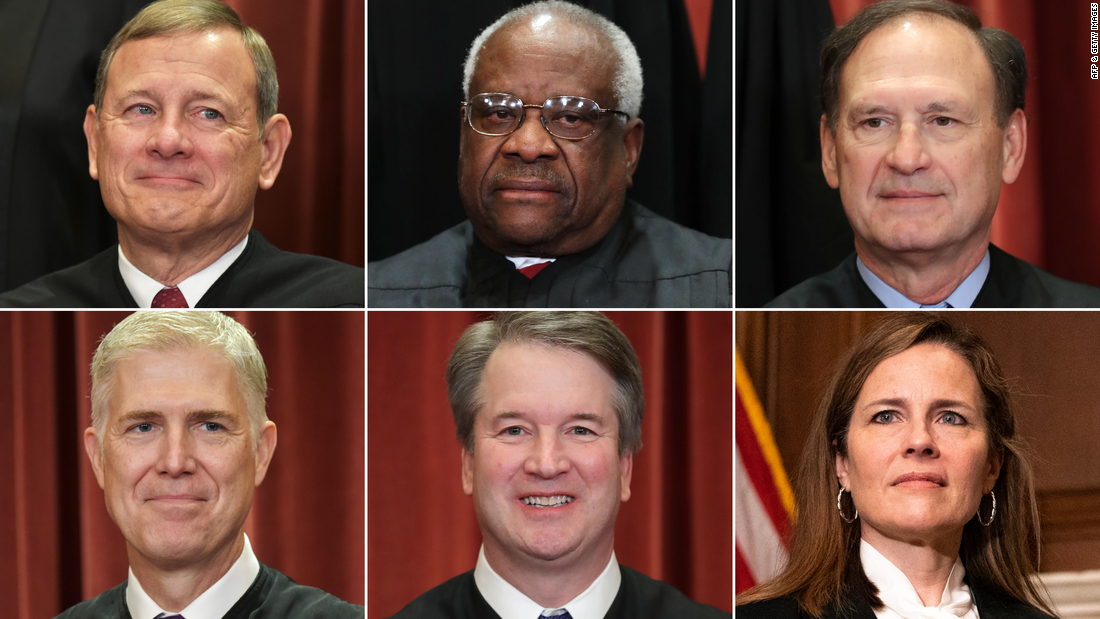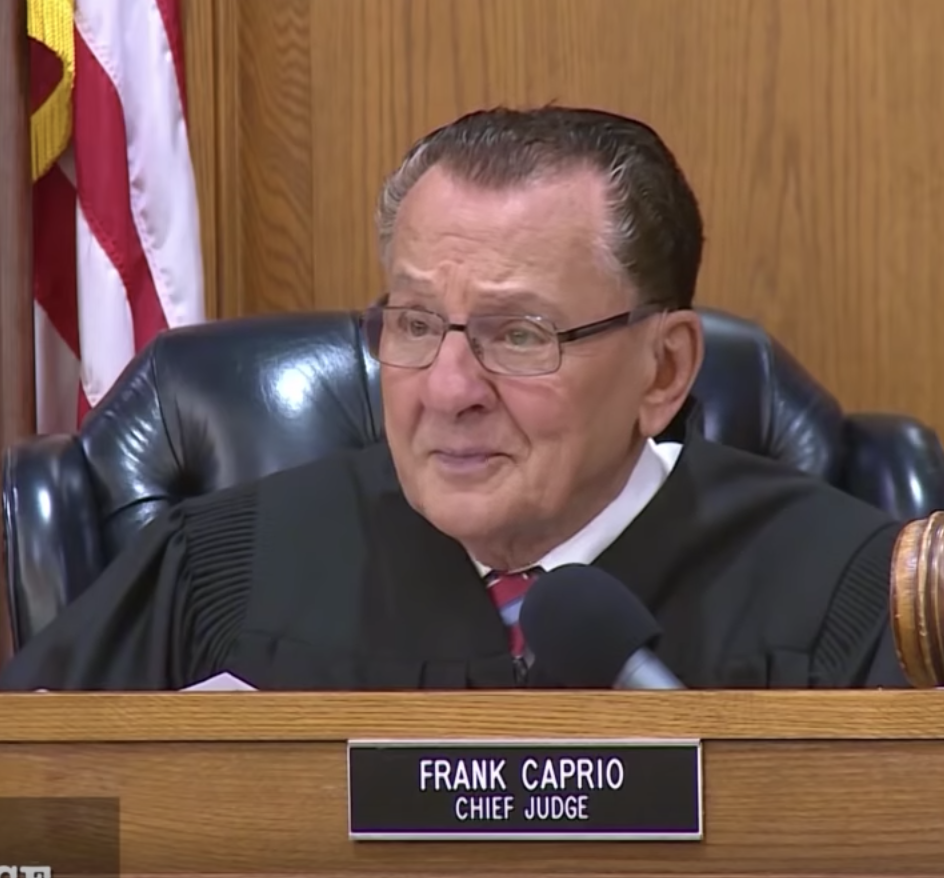Last month, Gawker.com posted a story about how Delaware Senate candidate Christine O’Donnell allegedly spent a randy Halloween night several years ago with a man she had just met. The site’s owner acknowledged that it paid the anonymous source $4,000 for his first-person account. Several other major news sites picked up the story.

Deadspin.com paid about $12,000 for voicemails and photos of quarterback Brett Favre that were allegedly sent to Jen Sterger in order to entice the 26-year-old model back to his hotel room. Again, several prominent news organizations picked up the story.
The “Deep Throat” days where an anonymous, unpaid source came forth with information regarding an important story that was verifiable are long gone. In today’s Twitterverse andBlogosphere, anyone can write and post whatever they want with the goal of driving traffic to their Web site. With many of these sites, however, the only caveat seems to be: the more scandalous and exclusive the story, the more traffic will come to the site and the greater the chance of national exposure which leads many viewers to believe that they are a credible source.
But how reliable is the information that you’re reading?
Andrew Alexander, the Washington Post’s ombudsman writes, “In June, with legendary UCLA basketball coach John Wooden near death, an online staffer overheard newsroom chatter that led him to conclude erroneously that he had died. Without verification, the news was soon reported on the Web site and rocketed through the Internet, leaving The Post red-faced.”
Investigative reporter Bob Woodward addresses some of this in a You Tube video.
“One of the questions that persists in journalism is, where do we get our information?
“There are three tracks and I think they apply to any story. The first obviously is people, but that doesn’t mean just going to one person or one source. It means checking everything, talking to a half a dozen or even a dozen people for a day’s story. If it’s something longer, you want to totally surround and saturate the subject.
“Second track is documents. I have not really ever seen a story in the newspaper or on television or even on radio that couldn’t be enhanced with some sort of documentation that could support or add more detail to what the story is about. And the third, often if you ask people well what’s the third, they don’t get it. And I would tell an anecdote from my early reporting career to illustrate the importance of the third track.
“In the first months I started working at The Washington Post in 1971, I had developed a source in the local District of Columbia Health Department and they were doing inspections of restaurants, many of the famous restaurants in Washington, and closing them down for sanitation violations and we were doing front page stories on this. One day the source called me up and said, ‘We have the worst score that any restaurant in the DC of Columbia has ever received.’
“So, I went and got the document…. I wrote up the story before lunch and the story and document made it clear that the Mayflower coffee shop… was the restaurant that had been closed down with a score of less than 50 points. I wrote up the story based on the document and handed to the city editor.
“’Wow, this is a front page story. That’s an awful series of violations.’ Then he said, ‘Have you been there?’
“I said, ‘No. I got the document and know it’s authentic.’
“’Well,’ he said, ‘it’s two and a half blocks away. Get your ass out of the chair and get over there.’
“So, I went to the Mayflower Hotel and asked to visit the coffee shop. Everyone there said, “We don’t have a coffee shop…”
“I looked at the address of the Mayflower Coffee shop and it turned out not to be in Mayflower Hotel but in the Statler-Hilton Hotel… So, I went over there and found the Mayflower Coffee Shop and they had a big sign that saying, ‘Closed for Repairs.’ The man who ran the restaurant happily but reluctantly acknowledged, ‘Yes they’ve been closed down for all these violations.’
“I went back to The Post and asked the editor for the copy back and said I had a few minor changes to make. If we’d run the story without my getting my ass out of the chair and going to the scene, we’d probably would have had to run a front page correction.”
The Post’s Alexander writes, “…veteran journalists and media experts Bill Kovach and Tom Rosenstiel argue that for quality journalism to thrive, news organizations such as The Post must ‘help authenticate for us what facts are true and reliable.’
“‘Verification is key,’ Rosenstiel [said]. But he also argued that news organizations should be more transparent in explaining their print and online policies to readers.”
Journalism, and I would argue any Web site that purports to place factual information out there, is a form of public trust. As such, they have a duty to be as accurate and fair in the information they put forth.
Those news organizations that work hardest to maintain credibility with their audience should be the only sources we trust.
Comments










